
JOSEPH HERS
Arnold Arboretum plants sometime come from unexpected collaborators. Seed for this Hubei wingnut was sent from China by a Belgian railroad engineer.
On New Year’s Day in 1920, Arboretum staff sorted through a shipment of seeds that had arrived from China. It was a collection from Joseph Hers, a Belgian engineer who had taken an acute interest in the plants of China while surveying railway lines. His first shipments to the Arboretum arrived in late December of 1919—some, in fact, on New Year’s Eve—and others were officially recorded over the next few days.
The Arboretum’s first director, Charles Sprague Sargent, was exceptionally impressed by Hers’s work. “This is one of the most important collections of Chinese plants which has been sent to the Arboretum,” Sargent wrote in 1919, after reviewing an initial list of plants that Hers offered to send. Seed of an unusual Miquel linden (Tilia miqueliana, accession 12211*A) was among the lot accessioned on New Year’s Day, as was seed of this Hubei wingnut, which now grows in the back of the hickory collection. This wingnut is the only mature representative of the species planted in the Arboretum collections. Another plant from a 2018 expedition is currently in the nurseries. The twin trunks of Hers’s wingnut now strike an impressive pose—upright, with one popped akimbo.
Wingnuts are members of the walnut family (Juglandaceae), but the fruits scarcely resemble those of their more common relatives. Instead of large animal-dispersed fruits—the kind of things that squirrels stockpile in the fall—wingnut fruits (technically nutlets) are dispersed by the wind. The nutlets hang in long chains, and each has two broad, rounded wings on either side, protruding like ears on a cartoon elephant. In the winter, the thread-like chains (technically the rachis) persist after the nutlets have fluttered free. Even though the tree at the Arboretum often produces copious fruit, recent evaluations of the species’ distribution in central China have suggested that fewer than one hundred populations remain, with relatively little seedling regeneration.
Hers—who would ultimately send nearly 350 unique collections to the Arboretum—had an unconventional path into the world of plant exploration. He had arrived in Shanghai in 1905, where he was employed as a translator for the Belgium Ministry of Foreign Affairs. In 1913, he became the secretary general for a Belgian-backed railroad company in northern China. In that capacity, he began studying trees, in part due to their material importance for constructing the railroad but also because he perceived that the region might harbor species that were interesting—even new—to Western botanists.
“My own knowledge of botany is, I regret to say, very limited,” Hers wrote to Sargent in 1919, “but as I happen to live in a part of China where very few botanical collections, if any, have been made, and as I enjoy frequent opportunities to travel in little known districts, I have thought it while to collect specimens of all woody species growing here.” The Hers wingnut, in that sense, is a testament to the value of a self-proclaimed dilettante. It shows the power of curiosity and the legacy of someone asking questions about the world around him.
China
Viewing this plant in-person? Look for these defining characteristics:
1
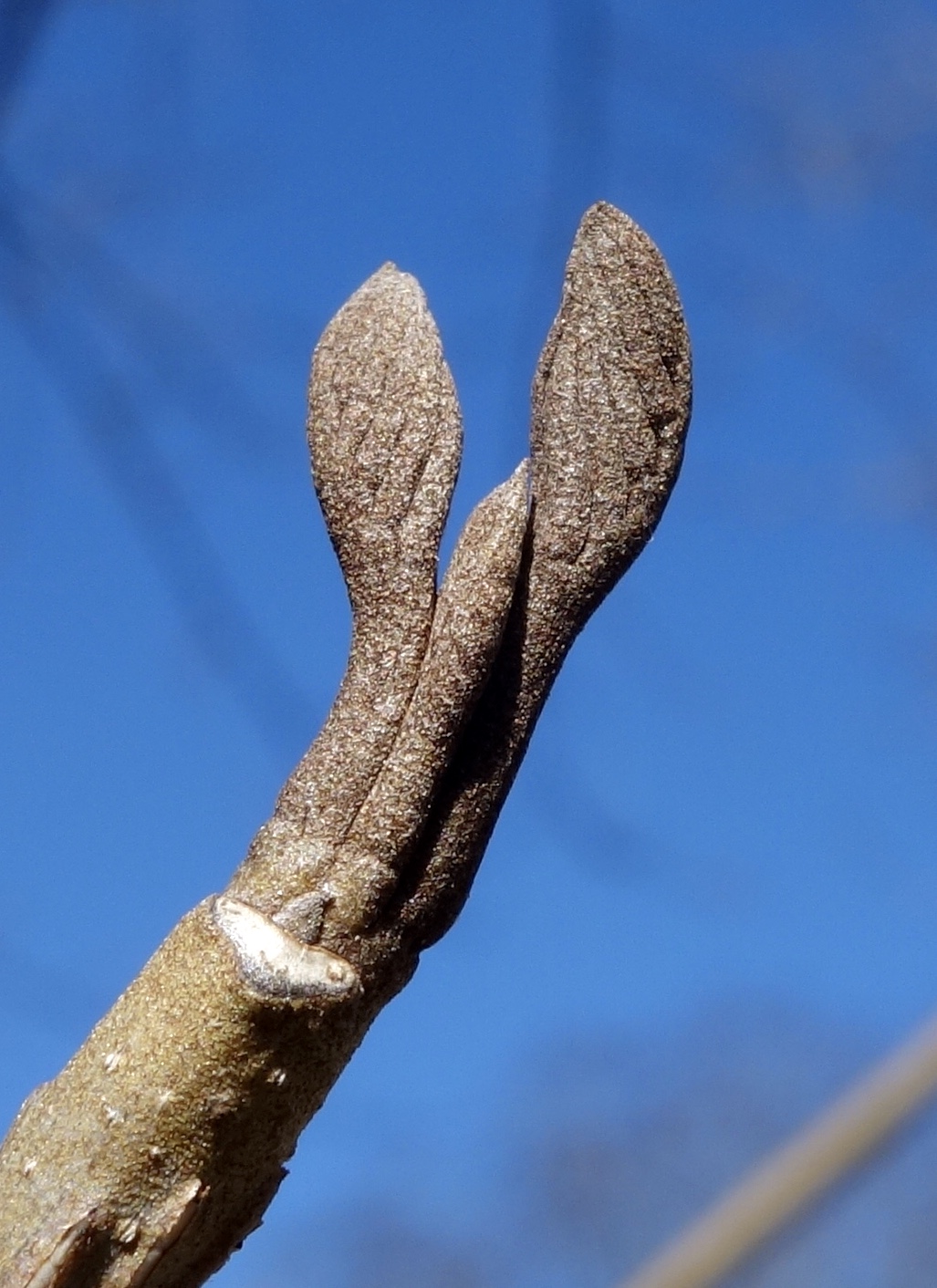
2
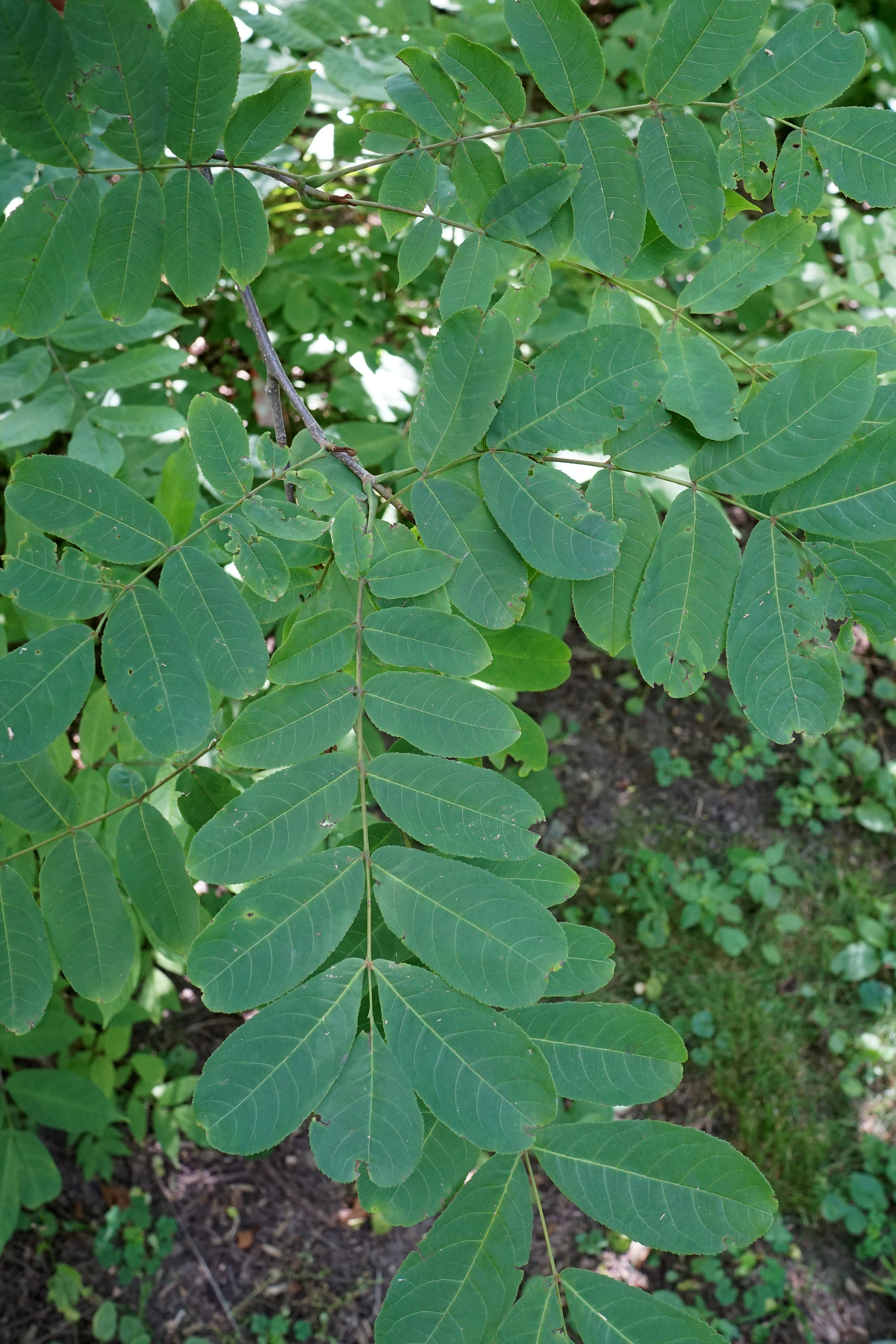
3
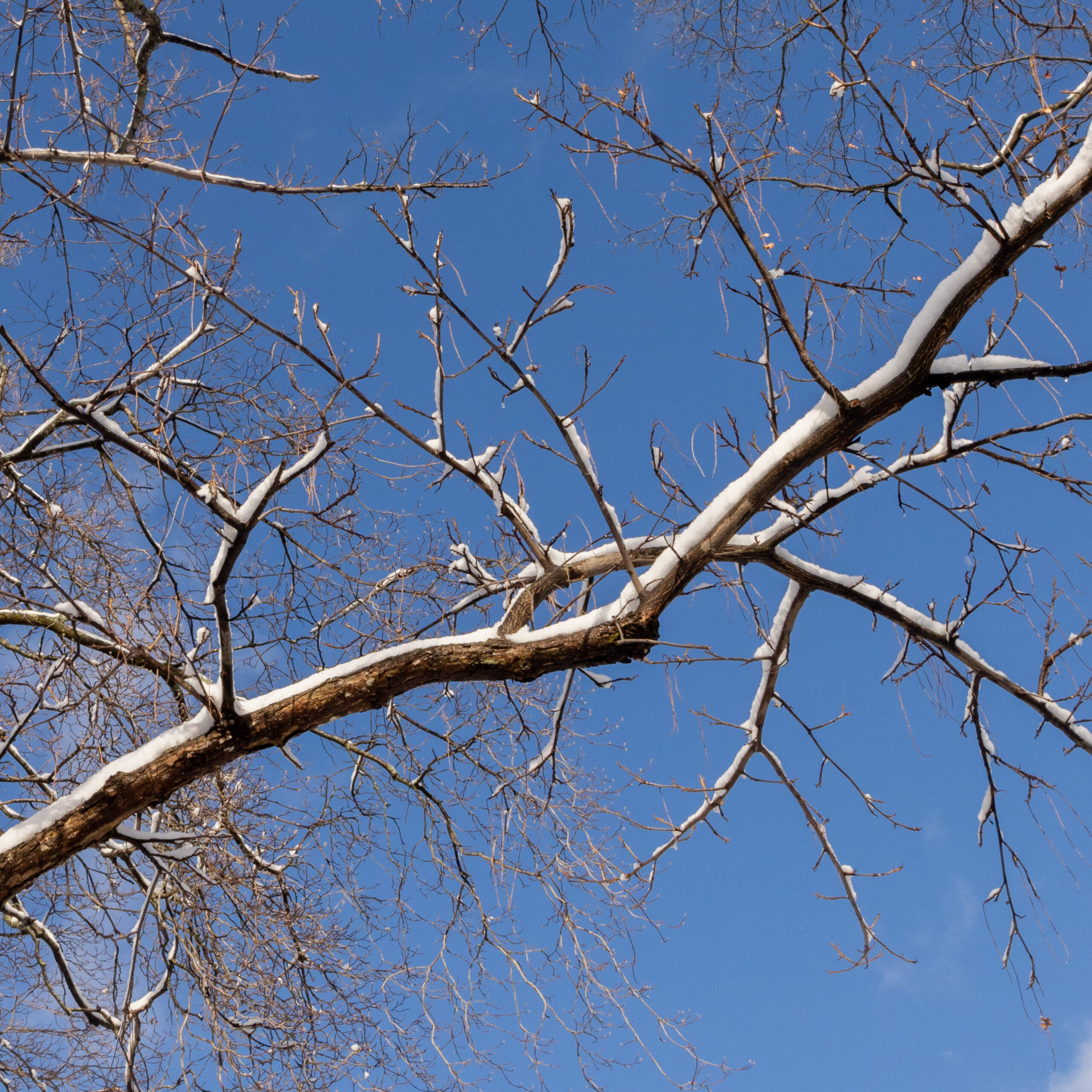
About Our Collection
Fun Facts
Stats
- Living Specimens
- Specimens Dead or Removed
- First Addition
- Most Recent Addition
- Tallest Specimen
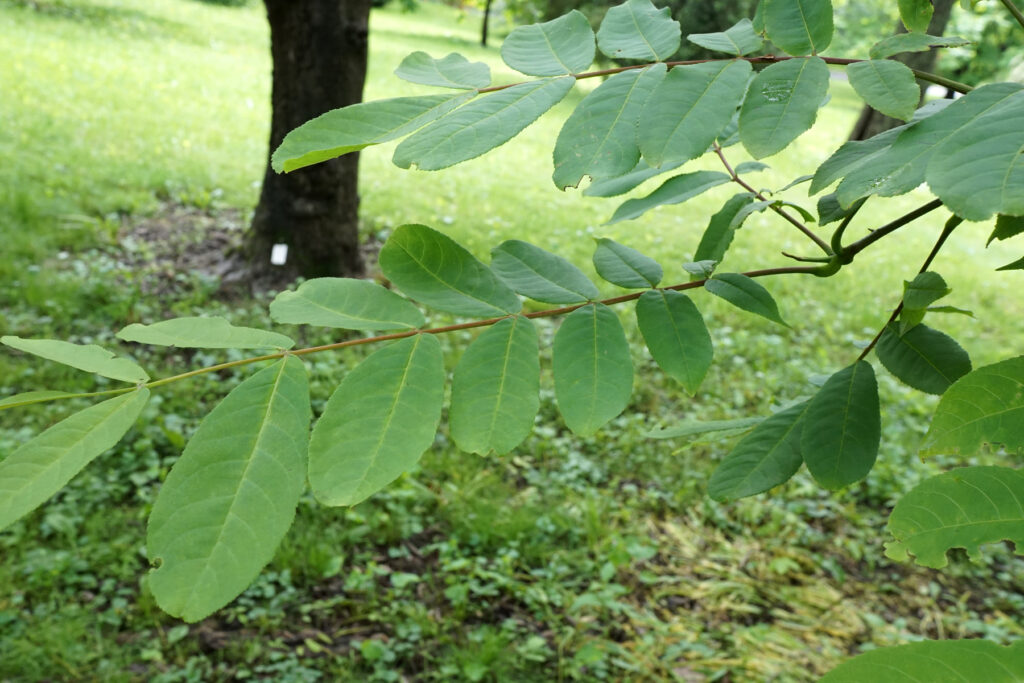
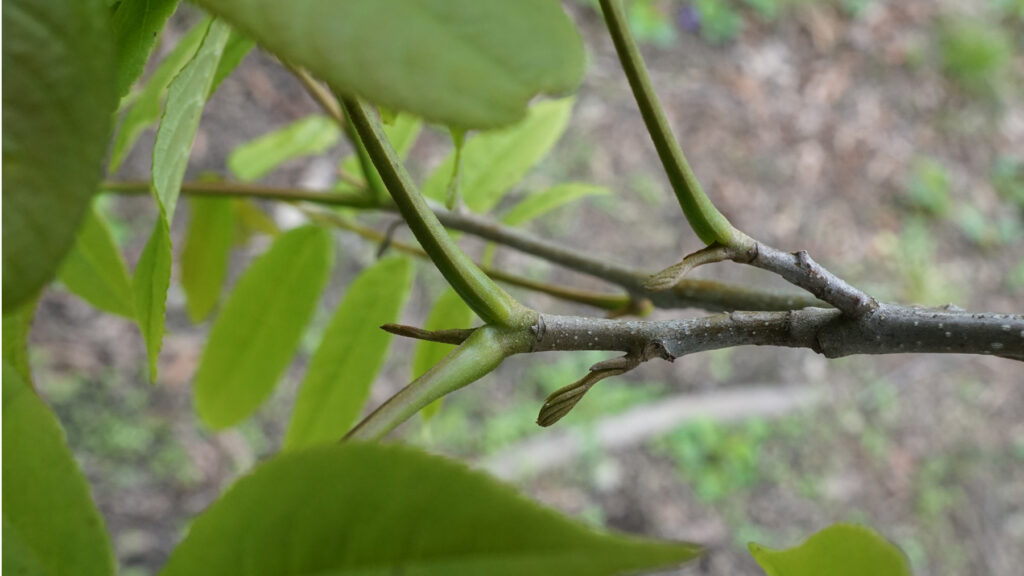
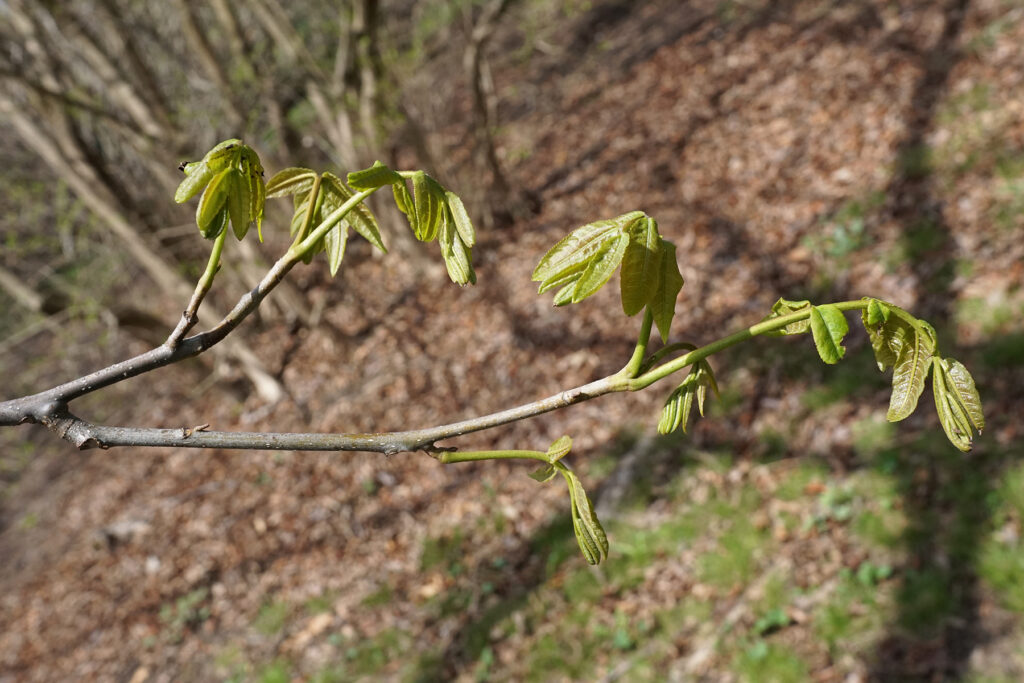
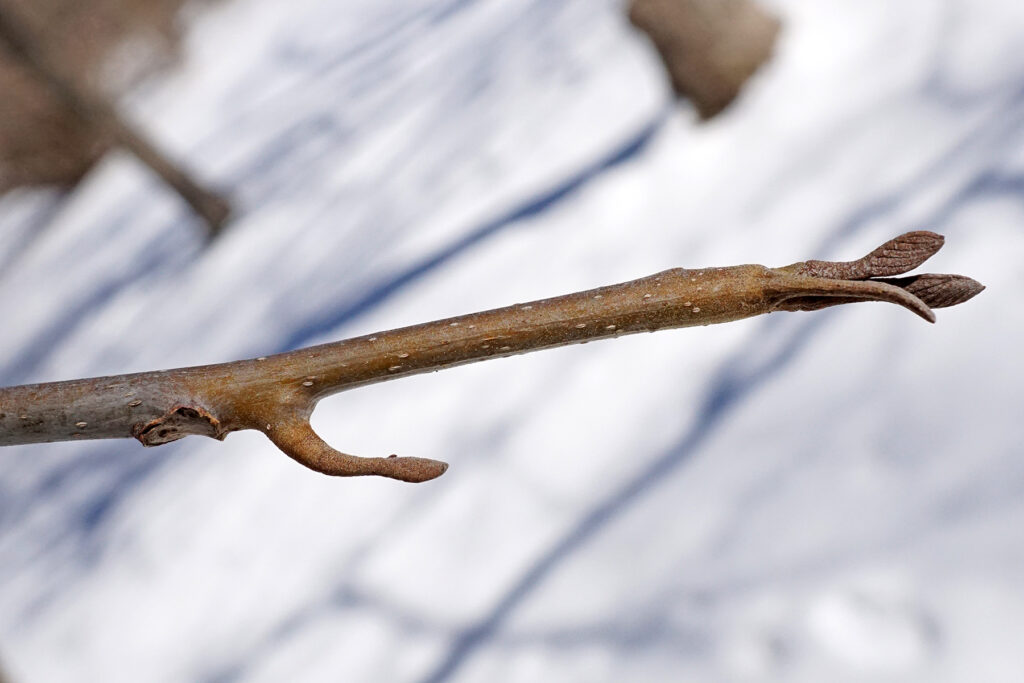
5 Living Specimens
| Plant ID | Accession Date | Received As | Origin | Source |
|---|---|---|---|---|